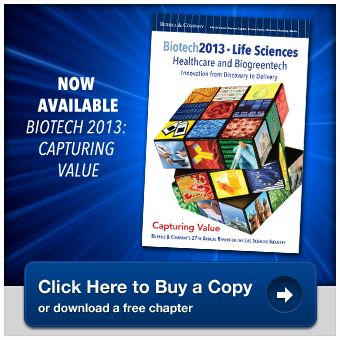Seattle Biomedical Research Institute will expand its efforts to understand tuberculosis, one of the world’s most prevalent infectious diseases, with a new $16.6 million grant from The National Institute of Allergy and Infectious Diseases.
The grant will enable the research organization to connect two ongoing TB projects, one focused on the human host and the other focused on the infectious bacterium. Connecting the two projects is crucial to understanding how people convert from latent to active TB.
The TB bacterium has a total of 4,000 genes, so “molecular stamp collecting” is not the way to make progress, says David Sherman, professor at Seattle Biomedical Research Institute, and leader of the project focused on the bacterium. Investigators need to “look at the constellation of data” to gain insight into the biology, to understand the pieces of the puzzle, he says.
The new funds support the collaboration of investigators with diverse expertise that range from the molecular genetics of microbes, to engineering and computer science, to systems biology. “Bringing together these very different ways of thinking are critical for this project to move forward,” says Sherman.
Active TB is highly contagious, expensive to treat, and requires patients to take a regimen of four antibiotics for six months. Antibiotic resistance is also on the rise, and drug resistant TB requires two years of treatment. By understanding the factors that activate the bacteria, researchers hope to design badly needed vaccines and reverse the trend of increasing resistance.
Seattle BioMed is taking a systems biology approach to understand the process of conversion, moving from a “trial and error approach, to predictive modeling,” says Alan Aderem, the institute’s president. In systems biology, researchers work and think differently from the beginning of a project, to adopt a holistic rather than reductionist approach. This approach is necessary for understanding TB, since data from one of the projects suggest that perhaps a network of genes controlled by a master regulator, rather than a single gene or two, is responsible for activating the bacteria.
It’s unclear why some individuals progress to active TB while others don’t, and impossible to predict who will progress to active infection. About 10 percent of the 2 billion infected people around the world will progress from latent to active infection, but the conversion is impossible to predict and the reasons for it are not clear.
Sherman envisions a day when a computer model will take in genetic information from both bacteria and patient and predict whether or not the person will become ill. Those at high risk of converting to active illness might be watched very closely or vaccinated—once a new vaccine is developed—while those with lower risk could be told they’re okay as long as they keep up their nutritional status.
Listen to the podcast with Seattle Biomed’s Stefan Kappe for more systems biology work.
August 16, 2013
http://www.burrillreport.com/article-seattle_biomed_receives_16_6m_for_tb_research.html




.gif)